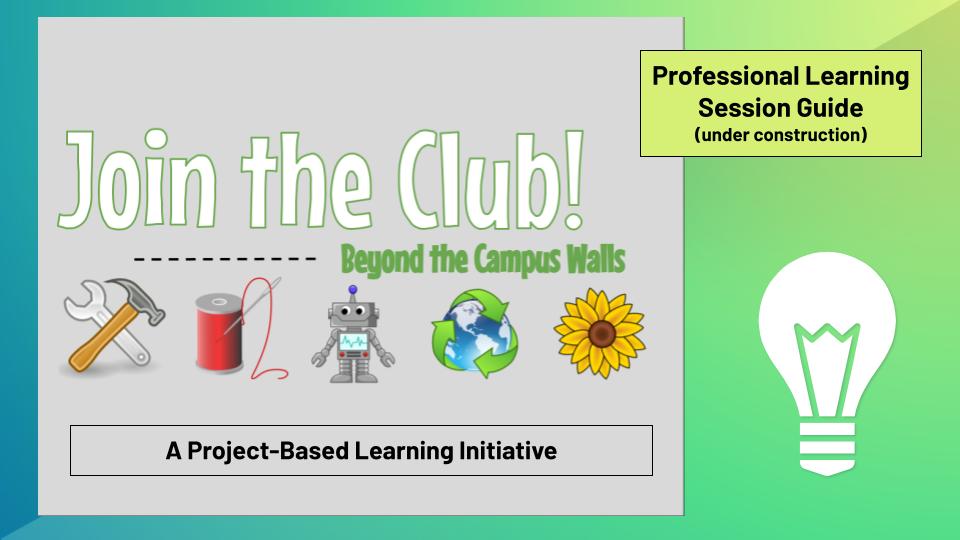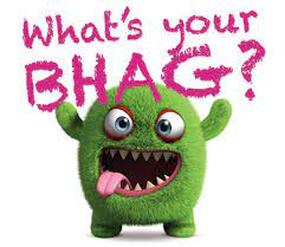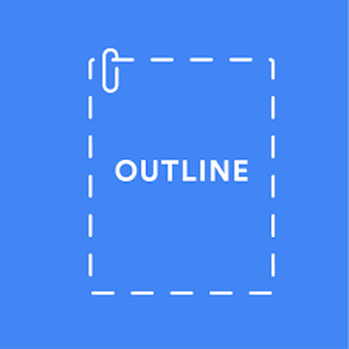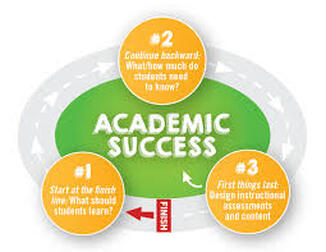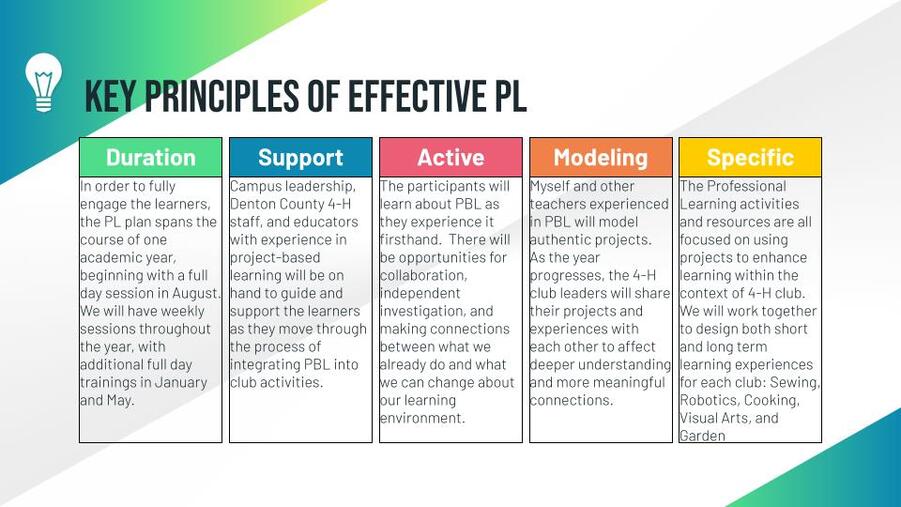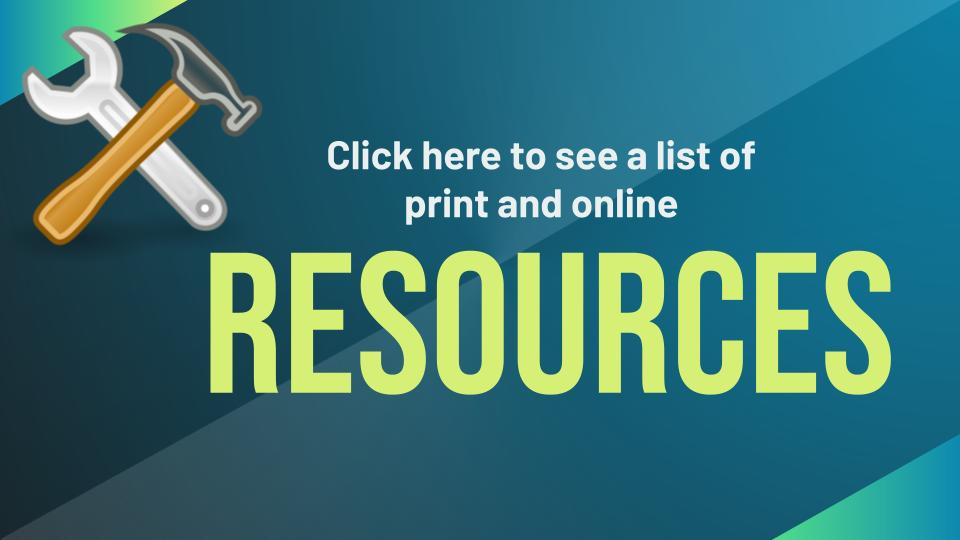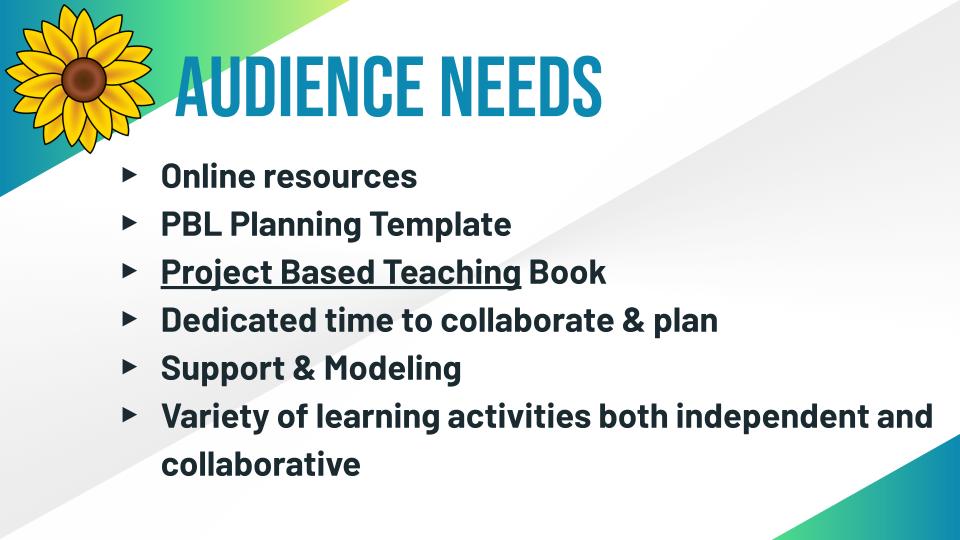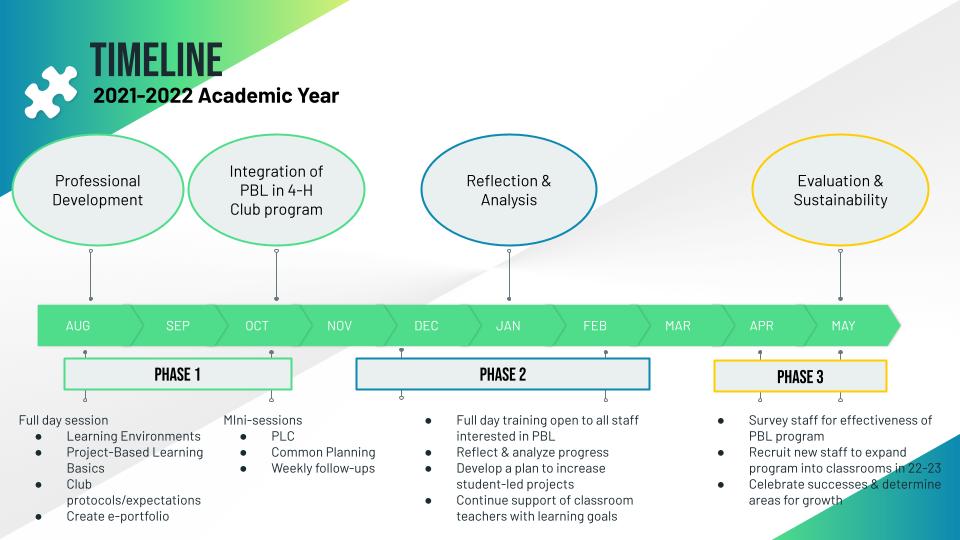Alternate Professional Learning
Something that has become evident during this course is that we as educators should not only rethink our students’ learning environments, but our professional learning environments as well. We certainly no longer hold the belief that students should be subjected to hours of passive sit-and-get learning, so why shouldn't that apply to adult learners as well? An important factor in getting the Join the Club Innovation Plan off to a strong start will be the implementation of effective professional learning for the staff members responsible for its success: the 4-H club leaders.
We have all experienced ineffective professional learning. For the past few years, our instructional leadership team has tried to infuse fresh life into the required professional learning by making it as entertaining and “bearable” for our staff as possible. After reflecting on the past year of educating and supporting our students through the pandemic, there were many victories to be recalled and celebrated. But it also allowed us to reflect and connect on how what we learned during the 20-21 school year might be applied moving forward to make our staff professional learning more engaging, deeper and beneficial to our teachers.
Blog Post: Grownups are Students, Too!
Robin and I desired the concept of this video to be lighthearted, personal, positive and uplifting - nothing too flashy or complicated. The emphasis was to begin with praise and address the supports put into place last year to establish that we already have a strong foundation. The ultimate goal was to make evident that we saw success in some of our additional support endeavors last year and that our students - the staff - also deserve the extra attention and refocus that was successfully provided to our students during the pandemic. The presentation will be delivered via email directly to our Instructional Leadership Team to give them something to process as they rest up over the summer. We are directly targeting the HEARTS and passions of our team members as every one of us strongly believes that our teachers deserve the very best. Since we typically meet in late July to firm up the details of our professional development for the upcoming school year, the hope is that the Leadership Team could use this down time to begin reframing, rethinking and brainstorming our call to action to move into more effective professional LEARNING with the 5 Principles outlined in the video.
Blog Post: Grownups are Students, Too!
Robin and I desired the concept of this video to be lighthearted, personal, positive and uplifting - nothing too flashy or complicated. The emphasis was to begin with praise and address the supports put into place last year to establish that we already have a strong foundation. The ultimate goal was to make evident that we saw success in some of our additional support endeavors last year and that our students - the staff - also deserve the extra attention and refocus that was successfully provided to our students during the pandemic. The presentation will be delivered via email directly to our Instructional Leadership Team to give them something to process as they rest up over the summer. We are directly targeting the HEARTS and passions of our team members as every one of us strongly believes that our teachers deserve the very best. Since we typically meet in late July to firm up the details of our professional development for the upcoming school year, the hope is that the Leadership Team could use this down time to begin reframing, rethinking and brainstorming our call to action to move into more effective professional LEARNING with the 5 Principles outlined in the video.
|
As I move forward with my Join the Club innovation plan, the first step will be to involve the 4-H Club leaders in the PBL design process. They will experience project-based learning firsthand as they become familiar with the COVA framework in a blended learning environment. As I point out in my Blog Post: "All Hands-On Activities Are Not Created Equal", it is just as important to give teachers authentic learning experiences as students. Using the STEAM/Robotics Club as a model and by providing as needed follow up and support, the 4-H Clubs will work to integrate PBL in the 2021-2022 academic year.
My Big, Hairy, Audacious Goal is to move the 4-H program outside the campus walls to increase community involvement through project-based learning. Using Fink's Taxonomy, I was able to determine the focus of the professional learning that would most efficiently and effectively prepare the club leaders for this challenge.
|
Understanding by Design, like Fink's Taxonomy, is a backward design strategy. Because UbD allows for greater detail and specificity, I took the Application section of the 3-column table and expanded it into a complete lesson plan. This helps to mindfully plan learning experiences that are relevant and tailored to my learners.
|
|
Self-Directed Learning
As part of a PBL environment, my learners will be given ample time to investigate and develop their own knowledge base for project-based learning. Since we are all embarking on this journey together, they will be surrounded by caring and supportive staff. By having weekly follow up sessions and being available for informal check-ins, I can ensure that learners are taking on the responsibility of gaining a deeper understanding of the PBL framework. |
Modeling & Collaboration
Throughout the professional learning, it will be imperative to immerse the learners in a project-based environment so they can witness firsthand the powerful impact it will have on students. In addition, 4-H staff will come facilitate smaller projects throughout the school year, help with community partnerships, and work with our campus club leaders to design authentic long-term projects for our clubs. Classroom teachers and club leaders will work together to determine learning goals so that the projects reinforce what is being taught in the classroom. |
References
Duarte, Inc. (2009, December 16). Five Simple Rules for Creating World Changing Presentations [Video]. YouTube. https://www.youtube.com/watch?v=hT9GGmundag&t=1s
Nancy Duarte: How to Tell a Story. (2013, March 21). [Video]. YouTube. https://www.youtube.com/watch?v=9JrRQ1oQWQk&feature=youtu.be
Fink, L.D. (2003). A self-directed guide to designing courses for significant learning. San Francisco: Jossey-Bass.
Gulamhussein, A. (2013). Teaching the teachers effective professional development in an era of high stakes accountability. Center for Public Education. Retrieved from http://www.centerforpubliceducation.org/system/files/2013-176_ProfessionalDevelopment.pdf
Heather Hill. (2015). Review of The Mirage: Confronting the Hard Truth about Our Quest for Teacher Development. Harvard Graduate School of Education. Retrieved from http://www.greatlakescenter.org/docs/Think_Twice/TT-Hill-TNTP.pdf
Innovation That Sticks Case Study – OCSB: Collaborative Professional Development. (2016, May 19). Retrieved from https://youtu.be/iUusuw-xdr4
Thomas, D., & Brown, J. S. (2011). A new culture of learning: Cultivating the imagination for a world of constant change (1st ed.). CreateSpace Independent Publishing Platform.
Duarte, Inc. (2009, December 16). Five Simple Rules for Creating World Changing Presentations [Video]. YouTube. https://www.youtube.com/watch?v=hT9GGmundag&t=1s
Nancy Duarte: How to Tell a Story. (2013, March 21). [Video]. YouTube. https://www.youtube.com/watch?v=9JrRQ1oQWQk&feature=youtu.be
Fink, L.D. (2003). A self-directed guide to designing courses for significant learning. San Francisco: Jossey-Bass.
Gulamhussein, A. (2013). Teaching the teachers effective professional development in an era of high stakes accountability. Center for Public Education. Retrieved from http://www.centerforpubliceducation.org/system/files/2013-176_ProfessionalDevelopment.pdf
Heather Hill. (2015). Review of The Mirage: Confronting the Hard Truth about Our Quest for Teacher Development. Harvard Graduate School of Education. Retrieved from http://www.greatlakescenter.org/docs/Think_Twice/TT-Hill-TNTP.pdf
Innovation That Sticks Case Study – OCSB: Collaborative Professional Development. (2016, May 19). Retrieved from https://youtu.be/iUusuw-xdr4
Thomas, D., & Brown, J. S. (2011). A new culture of learning: Cultivating the imagination for a world of constant change (1st ed.). CreateSpace Independent Publishing Platform.
